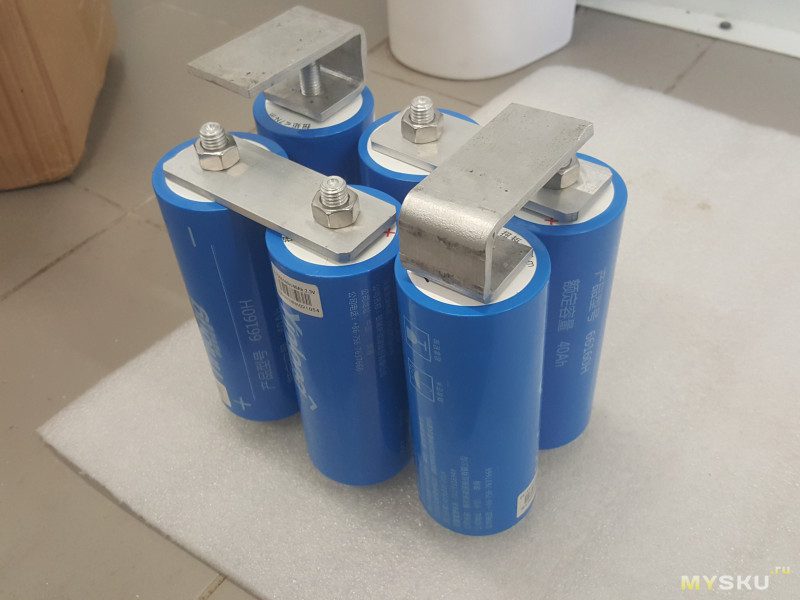
Tumen: We have supercapacitors like lithium-ion batteries. Only better
The Chinese company Toomen New Energy claims to have supercapacitors that have the energy density of lithium-ion batteries. At the same time, like supercapacitors, they are capable of accepting and discharging higher charges than lithium-ion batteries. At least on paper, this improves vehicle performance and charging performance.
Supercapacitors instead of batteries? Or maybe marketing?
Table of contents
- Supercapacitors instead of batteries? Or maybe marketing?
- Another Hummingbird?
The supercapacitors in question were brought to Europe by the Belgian Eric Verhulst. Apparently, he himself did not believe in the capacity declared by the manufacturer, because they were twenty times better than the parameters promised by Maxwell. We add that Maxwell was one of the leaders in the supercapacitor market and was bought by Tesla in 2019 (source).
> Tesla acquires Maxwell, a manufacturer of supercapacitors and electrical components
Verhulst boasts that Chinese supercapacitors can withstand charging at 50 C (50x capacity), and a few months after charging, they still hold a charge well, which is not so obvious with supercapacitors. In addition, they were tested by the University of Munich, and during these tests they were able to withstand temperatures from -50 to +45 degrees Celsius.
The Chinese manufacturer emphasizes that it used "activated carbon" in its supercapacitors, but it is unclear what this actually means. The Belgian reports that Toomen has already developed a packet supercapacitor with an energy density of 0,973 kWh / L. This is much more than typical lithium-ion cells, and even more than the prototype solid electrolyte cells that Samsung SDI just described:
> Samsung introduced solid electrolyte cells. Removing: in 2-3 years will be on the market
It is reported that the best supercapacitors from the Chinese manufacturer reached an energy density of 0,2-0,26 kWh / kg, which means that they had parameters not much worse than modern Li-ion batteries.
But that is not all. The Belgian notes that there are Toomen supercapacitors designed to receive / discharge much higher powers. They offer a lower energy density (0,08-0,1 kWh / kg), but allow charging and discharging at 10-20 C. In comparison, the batteries used in the Tesla Model 3 offer an energy density of over 0,22 kWh. / kg (per battery charge level) with a charging power of 3,5 C.
Another Hummingbird?
Toomen New Energy's promises look very good on paper. The described parameters indicate that the supercapacitors of the Chinese manufacturer can replace batteries, or at least supplement them. Instantaneous power output can provide acceleration in less than 2 seconds or charging from 500 to 1 kW..
The problem is that we only deal with promises. History knows such "breakthrough" inventions, which turned out to be a fake. Among them are the Hummingbird batteries:
> Hummingbird batteries - what are they and are they better than lithium-ion batteries? [WE WILL ANSWER]
Introductory photo: short circuit in a supercapacitor (c) Afrotechmods / YouTube
This may interest you:
